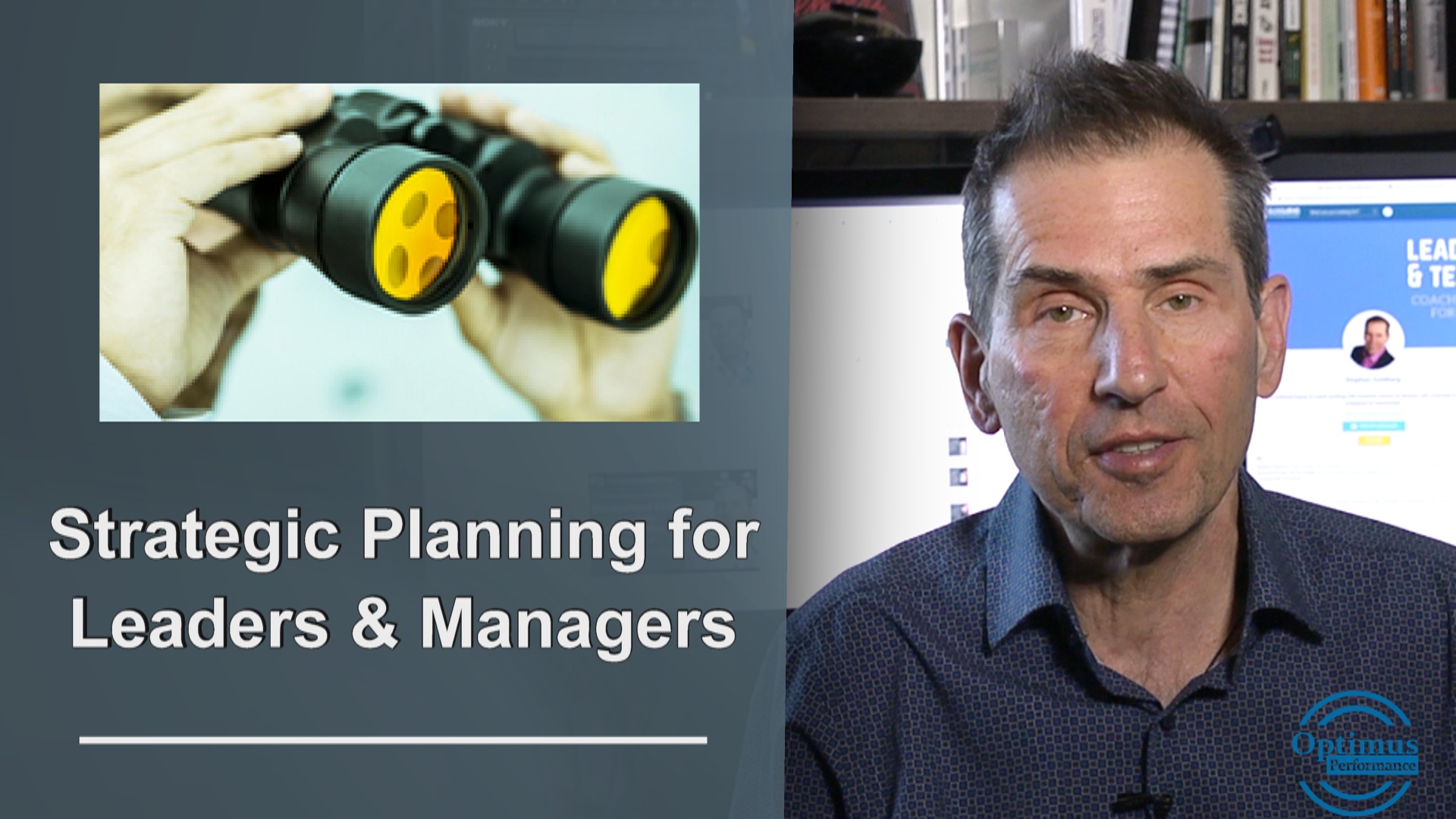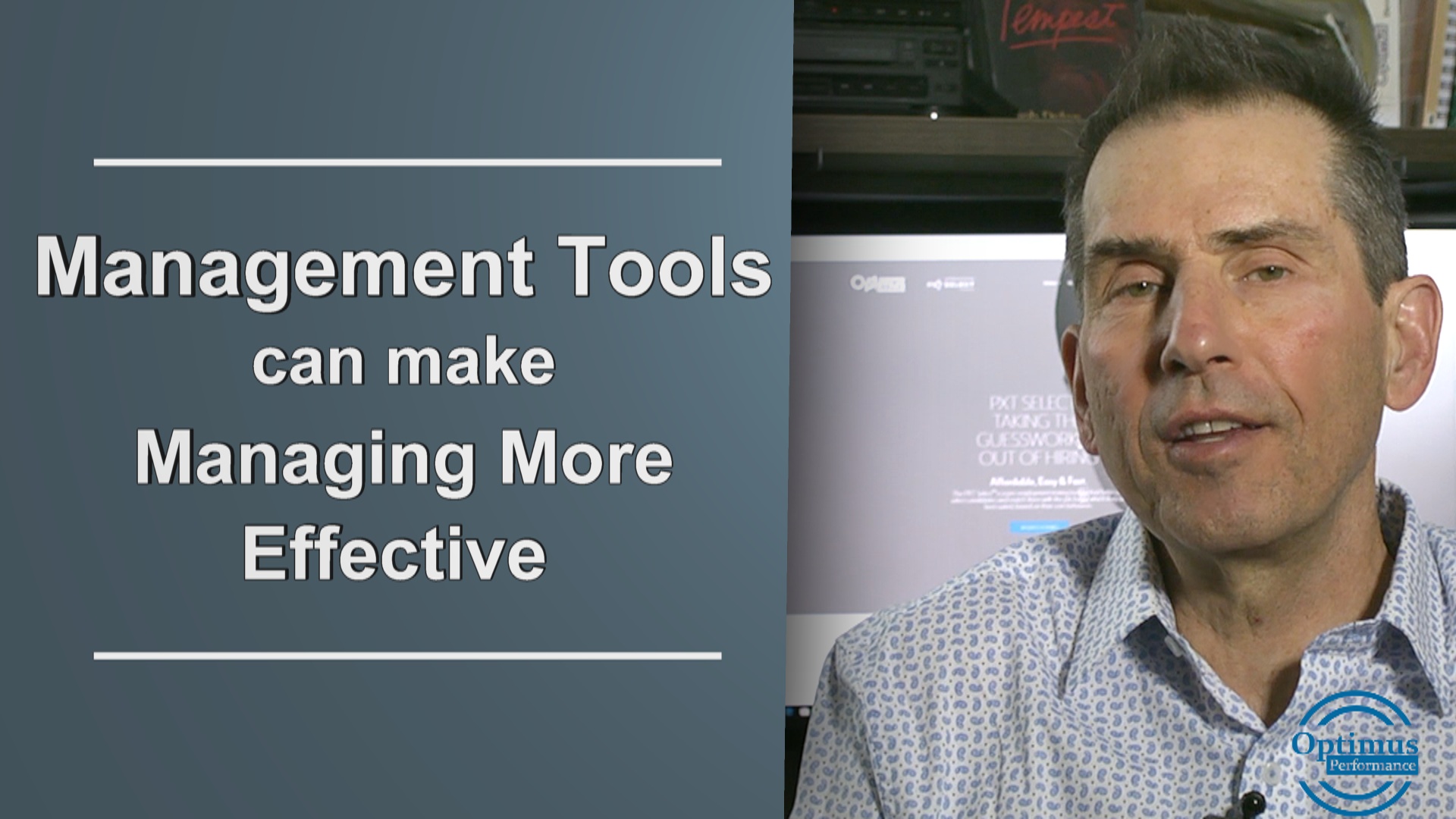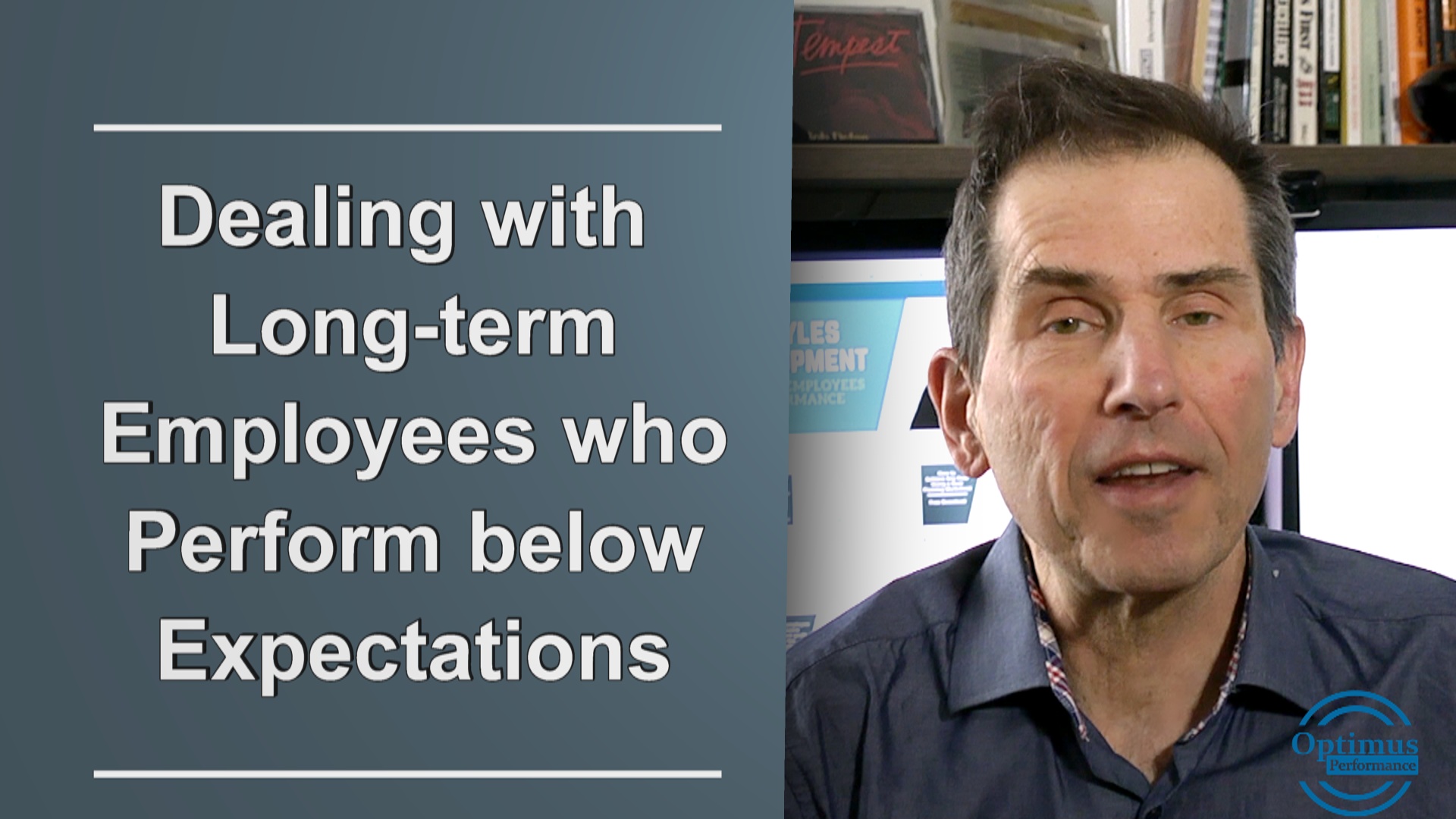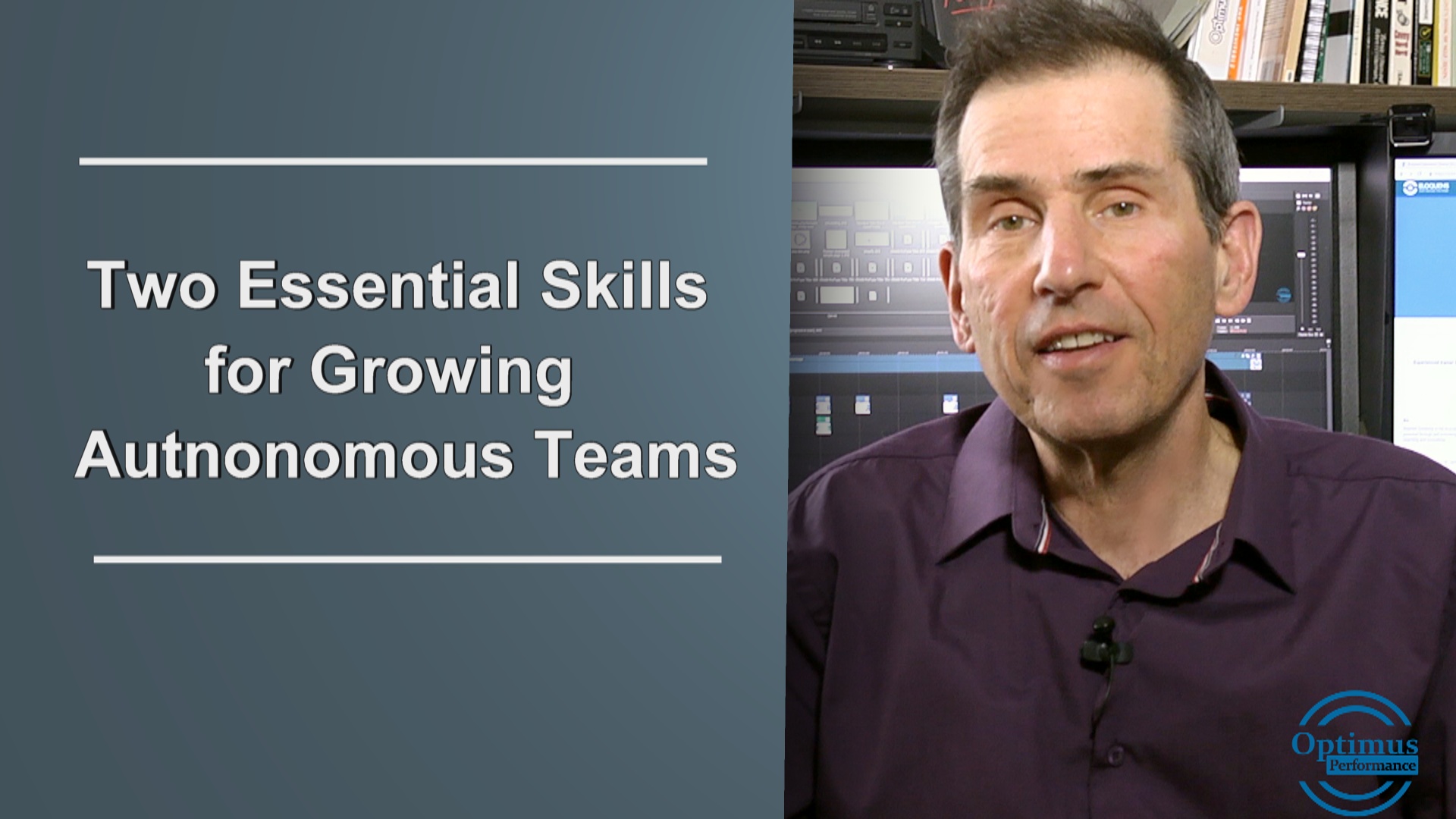Strategic planning for leaders and managers is crucial for business and organizational success, especially in the fast-changing business landscape today.
The onset of automation and artificial intelligence is expected to create tremendous change in the workplace and many existing jobs will disappear and new ones created.
Thus, it is essential that business owners, leaders and managers devote time to strategic planning in order to be ready to meet the changes that are coming.
Trends can may offer opportunities or threats to your organization. Are you ready to take advantage of the opportunities that these trends and changes will offer? Are you equipped to face the challenges and threats that the changing times will present you?
Strategic Planning is for Everyone
Of course, business owners and directors are responsible to steer the organization in the right direction. But all managers need to spend time doing their own strategic plan for their department. It need not be as in-depth a plan, but it should be done annually.
There should be a strategic planning team at the directors’ level and managers can involve some of their team members. This will make it a participative approach and be easier to implement the new decisions and communicate the changes to all team members.
Trends
Trends can be researched to see what the experts are predicting that can have an impact on your business. Trends in various areas should be researched to see what could impact your organization and department.
Trends can be classified by areas such as economics, demographics, technology, marketing, innovation and more. For example, two areas within technology that is being talked a lot about now is automation and artificial intelligence.
Automation and artificial intelligence are predicted to create massive disruption to the workforce in the coming years. New jobs that don’t exist now will be created and many up to 50% of existing jobs will disappear according to a recent study by RBC.
Both automation and artificial intelligence will greatly affect all categories of doing business no matter what industry you are in, so studying the potential impact on your business and what to do to prepare is essential.
Strengths and Weaknesses
Considering the trends and potential impact on your organization, it is imperative to assess your strengths and weaknesses. These changes can be opportunities and others may be threats depending on your strengths and weaknesses.
This is a great point of discussion for your planning team and from there can unfold goals on how to act to capitalize on the opportunities and face the threats.
Make a list of the strengths and weaknesses in your organization or department and determine those that are the most powerful in terms of acting on the opportunities and dealing with the threats.
Mission and Goals
One you have done your research and assessed your capabilities you can set goals for the organization and department. This may also entail setting a new mission statement.
There can be one must achieve goal for the organisation and then key goals set by each director or manager for their respective areas.
Goal achievement must be planned and broken down into action steps. The SMART goal planning form can be used for this purpose.
Communication the Strategic Plan
A plan is great, but it must be put into action and communicated. Change and uncertainty can foster fear and anxiety in people and the only way to counter that affect is to inform people of the coming changes and provide training and support.
Large corporations have change agents who assist the managers and employees in implementing and adapting to the changes. This role falls on the shoulders of the managers in smaller organizations. Taking a participative and coaching leadership style approach can greatly aid in implementing the change and making it easier for employees to sail through any uncertainties.
Tracking and Measurement
All plans and goals need to be tracked and measured to see if they are working. Tracking and measurement mechanisms need to be determined and reviewed on pre-determined dates for the planning team.
If things are not on track as planned, adjustments need to be made. This is where problem solving techniques are crucial for teams as everyone must be involved in contributing to the new mission and goals. When roadblocks occur, employees need to be equipped with the proper skills to solve problems in teams.
The Business Owner
Last week I attended the C2MTL conference on commerce and creativity in Montreal and I met with a business owner who really impressed me. He was directing a multi-faceted organization that operated in Europe, South America, Canada and the US.
His organization has grown to more than 1,300 employees and he is concerned about how to have people keep learning and sharing their knowledge.
After listening to his story and challenges I suggested that what he needed to do was to put most of his energy to strategic planning rather than running the day to day affairs. He responded that that was exactly what he was doing and had managed to delegate all day to day running of the business to his directors.
While this may not be possible for all business owners, it is a good indication of the importance highly successful business leaders place on the importance of strategic planning in this age of rapid change and complex business operations.



